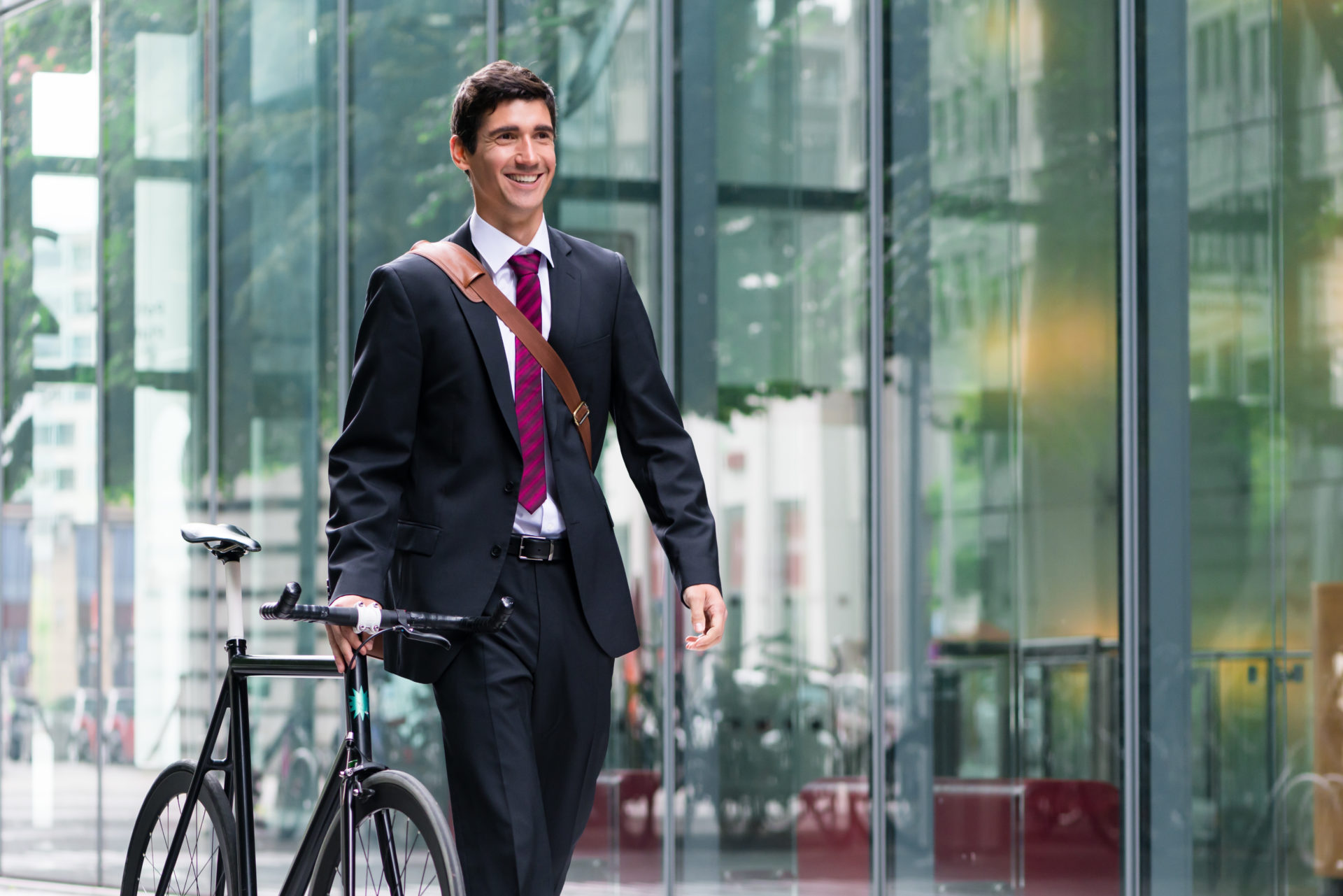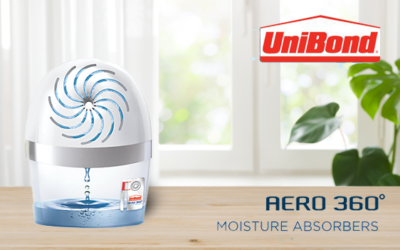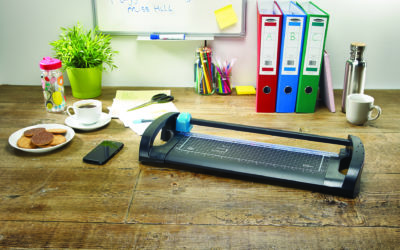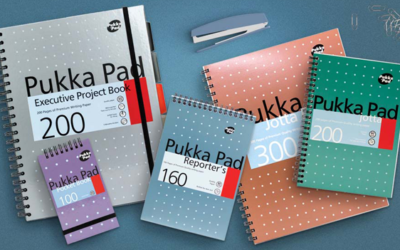The clothes we wear to work are often determined by our roles – think chefs’ whites or medical scrubs. Many offices won’t have a strict uniform but may come with their own rules and dress codes, and these dress codes have significantly changed over time. As general fashions have changed and become more relaxed, so too has office workwear.
A study by Stormline found that 61% of people who work in an office with a relaxed dress code feel more productive when they’re able to wear clothes they like. Interestingly, 78% also said they would still try to dress professionally and distinguish between their ‘work clothes’ and ‘non-work clothes’ if they had a relaxed dress code. This all points to less of a need for a strict workplace dress code and highlights why many businesses are adopting a more laid back approach to clothing.
We take a look at how office dress code etiquette has changed and evolved over time and look at the dos and don’ts of modern office wear.
History of women’s workwear
Women working in offices during the late 1800s would often wear full skirts with hoops, as was the fashion at the time.
In the early 1900s, skirts became less full but continued to sit at ankle-length and were often paired with smart, but oversized, white blouses. Hair was nearly always worn up in a loose bun to keep it tidy.
As the century progressed, waistlines dropped, hemlines rose, heels became shorter, and fashion started to relax.
By the 1980s, self-expression began to creep into office workwear. Classic blacks and muted colours were replaced with bolder shades and patterns, and hairstyles began to vary. Power-dressing also became fashionable, with women adopting typically male styles, such as shoulder-pads, to broaden their shoulders and higher heels to reduce height differences.
Today, women’s workwear encapsulates everything from smart trainers to stiletto heels, business dresses to comfortable jeans. Self-expression plays a significant role in how women dress for work, meaning the entire fashion spectrum can be seen across most office floors.
History of men’s workwear
Men’s fashion, both inside and outside the office, has been typically conservative, seeing fewer radical changes.
While the suited and booted look still appeals to many senior managers the style and cut of men’s suits have altered over time. From square shapes in the early 1900s to broad shoulders in the 80s and a softer, looser style in the 90s. From here, men’s suits became slimmer and more fitted. Ties too became thinner, moving away from the thick power ties of the 80s.
The 80s were dubbed the rise of the business casual, a trend which continued to gain popularity into the 90s. Khaki trousers, sensible shoes and button-down collared shirts gave offices a more casual feel.
Today, many creative businesses are embracing a more casual office dress code. Jeans, trainers and a shirt are common choices for many male office workers.
Dos and Don’ts of office dress code etiquette
While many workplaces have relaxed their ruling on clothing, there are still certain items that many people feel breach office dress code etiquette. If you’re struggling to decide whether something is appropriate for work, here are some quick dos and don’ts.
Do
- Invest in the right footwear. You want your feet to be comfortable throughout the day. Trainers are great for casual workplaces, but loafers or semi-formal shoes will add a smarter edge.
- Be ready for the unexpected. It’s a good idea to keep a blazer handy in case you get called into a formal meeting at short notice.
- Use senior members of the team as inspiration. If they don’t wear trainers or a hoody to the office, you should probably avoid them too.
Don’t
- Wear clothing you would typically wear to the gym. Lycra sports leggings or cycling shorts are a definite no-no.
- Go strapless. The added security of a strap or sleeve is probably both more comfortable for the office and more practical.
- Wear shorts or mini-skirt. Mid-calf length and khaki shorts are fine in warm weather but avoid anything super short where you can.
Current fashions aren’t the only factor to influence change in office workwear. Remote workers, freelancers and flexi-hours are commonplace in many sectors and this less-regimented approach to work is reflected in the clothing we wear.
For more advice on office etiquette head back to our main blog.
Reference: https://www.stormlinegear.com/news/new-study-dress-code-putting-off-employees/







